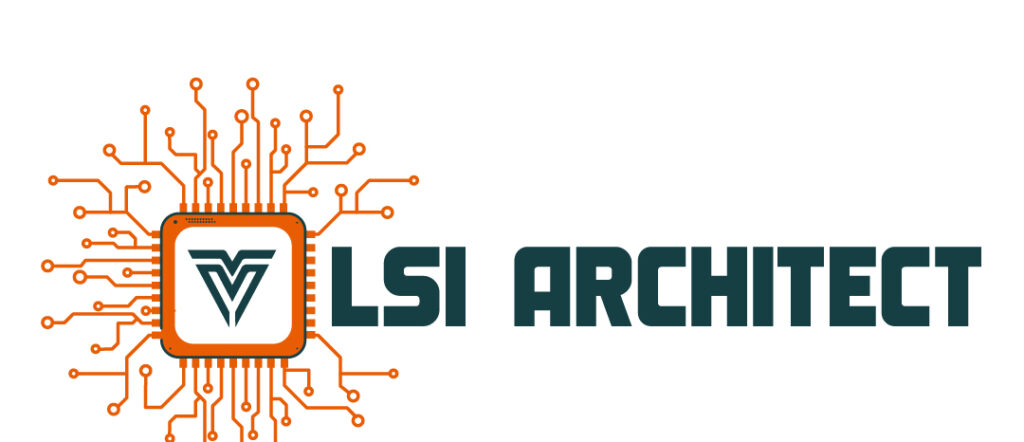This comprehensive program covers essential fundamentals and advanced analog IC modules drawn from top Indian VLSI training models. It equips students with both theoretical foundations and practical design skills required for entry-level roles in analog IC design.
Core (Typical) Section — Building the Foundation
- Basic Electrical Networks & Circuit Theory
- Key principles: Ohm’s Law, Kirchhoff’s Laws, network theorems (Thevenin, Norton)
- Circuit analysis techniques and transient response basics
- Signals, Systems & Control Engineering
- Time-domain vs frequency-domain analysis
- System response, poles & zeros, and basic control concepts
- Semiconductor Device Physics
- PN junction & MOSCAP behavior
- MOSFET structure, I–V characteristics, threshold voltage, body effect
- Analog Circuits 1 & 2
- Core analog building blocks: amplifiers, filters, current mirrors, biasing
- Everything a fresher needs to know for analog circuit design interviews and entry-level job roles
Advanced (Industry-Focused) Section
Analog IC Design Fundamentals
- Feedback & Amplifier Basics
- Open-loop vs closed-loop configurations
- Benefits and limitations of negative feedback
- Frequency Response & Stability
- Bode plot interpretation, phase & gain margins
- Unity Gain Bandwidth (UGB), poles & zeros analysis
- Single-Stage Op-Amp Design
- Block-level architecture to transistor-level implementation
- Sizing devices for performance metrics (gain, bandwidth)
- Two-Stage Op-Amp Design
- Block diagram to full transistor-level design
- Compensation techniques and performance tuning
- Feed-Forward Op-Amp Architecture
- Enhancing bandwidth and linearity via feed-forward paths
- Cascode & Folded Cascode Op-Amps
- High-gain, high-output-impedance designs
- Trade-offs in voltage headroom and design complexity
- Analog CMOS Process Overview
- Fabrication steps, analog layout considerations, device matching
- Noise in Analog ICs
- Thermal & flicker noise sources, noise modeling, reduction techniques
Industry-Level Analog Block Design (Hands-On Focus)
- Biasing Circuits
- Simple, cascode, low-voltage biasing approaches for analog blocks
- Constant-Gₘ Bias
- Designing a bias circuit providing stable transconductance across process, voltage, and temperature (PVT)
- Two-Stage Miller Op-Amp
- Complete design: performance optimization and frequency compensation
- Comparator Design
- Static and dynamic comparator topologies, offset mitigation
- Bandgap Reference (BGR)
- Precision voltage references, temperature compensation fundamentals
- Level Shifter Circuits
- Shifting voltage domains, design strategies for low-voltage systems
- Low Dropout Regulator (LDO)
- Architecture, control-loop stability, and load regulation techniques
There are no items in the curriculum yet.
